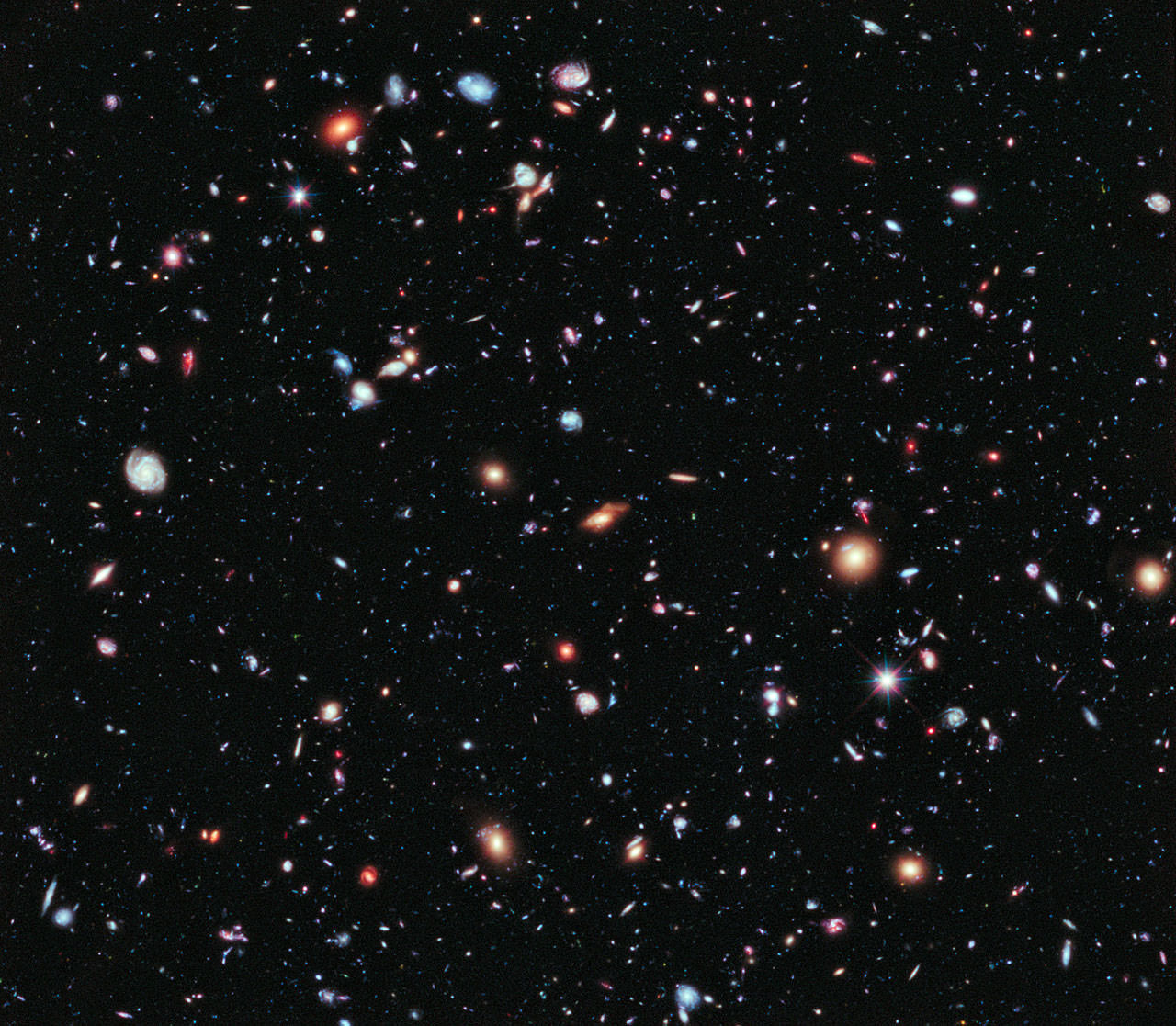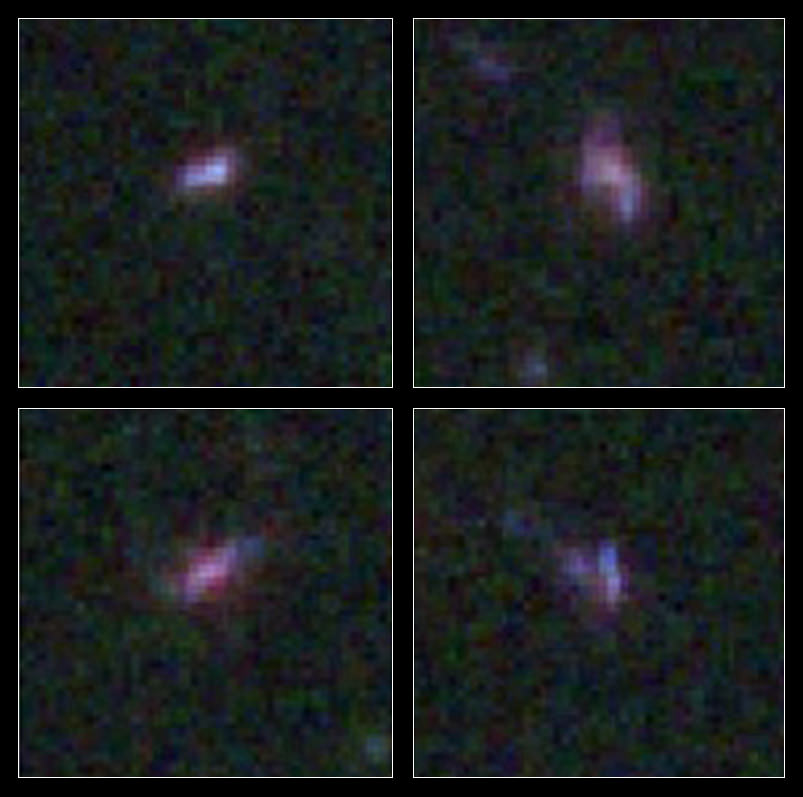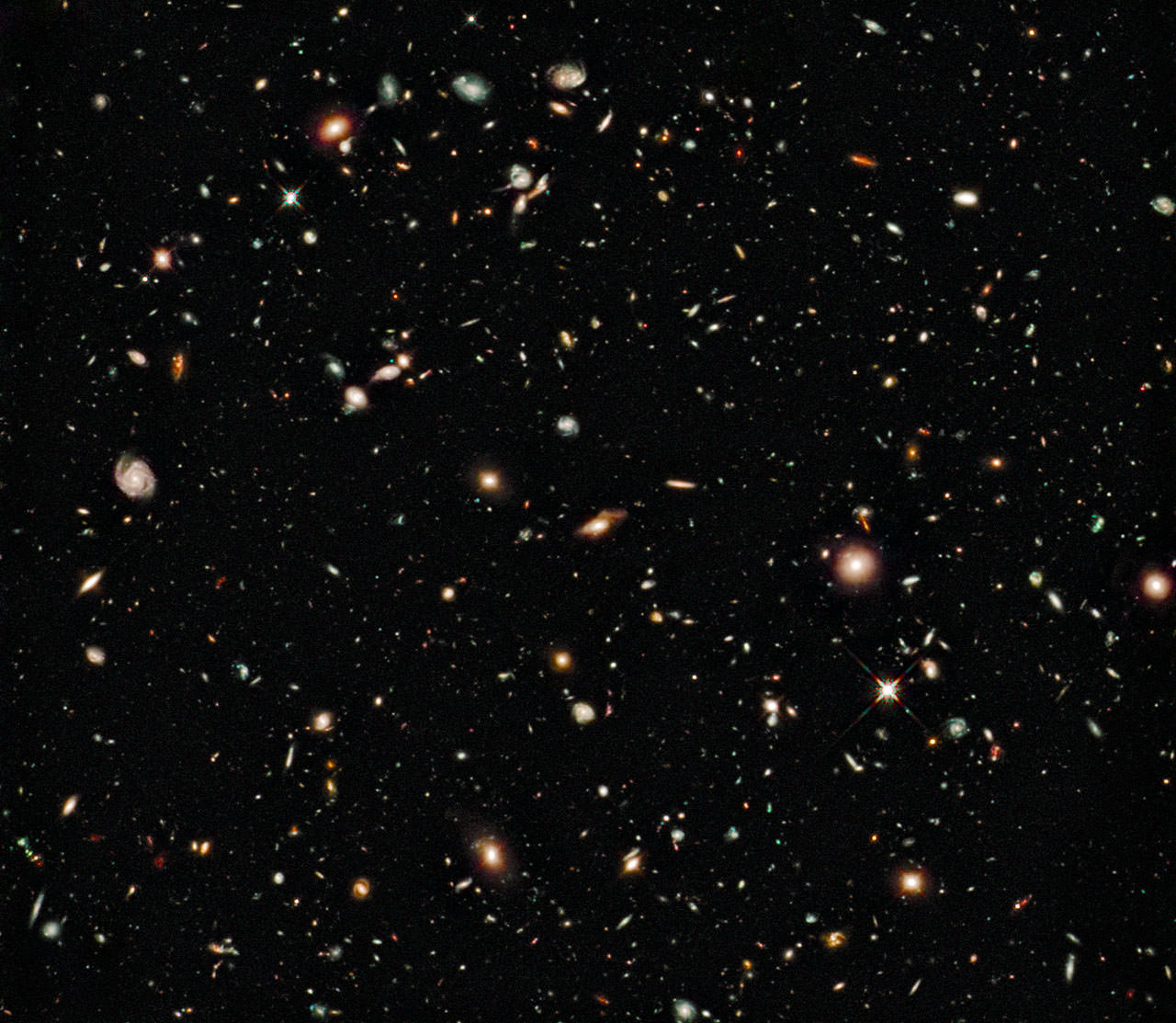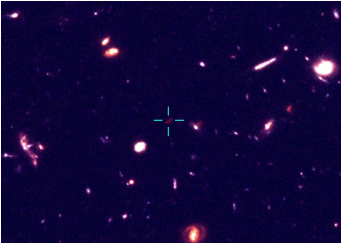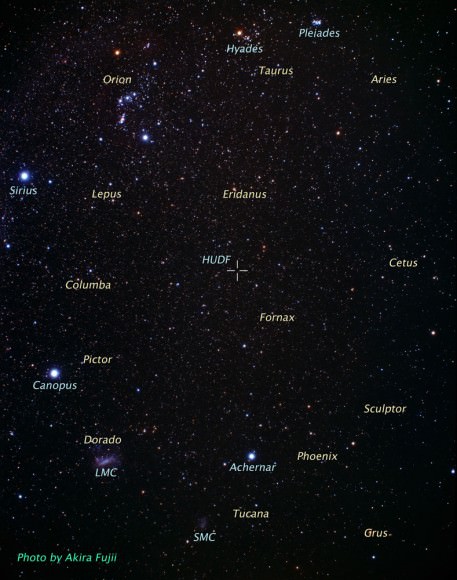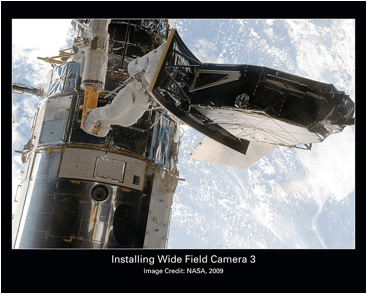[/caption]
The Hubble Space Telescope has done it again. By utilizing a slitless grism, the Wide Field Camera 3 has uncovered evidence that supermassive black holes are right at home in some very small galaxies. Apparently these central black holes began their life when their host galaxies were first forming!
“It’s kind of a chicken or egg problem: Which came first, the supermassive black hole or the massive galaxy? This study shows that even low-mass galaxies have supermassive black holes,” said Jonathan Trump, a postdoctoral researcher at the University of California, Santa Cruz. Trump is first author of the study, which has been accepted for publication in the Astrophysical Journal.
It’s another cosmic conundrum. As we’ve learned, large galaxies are host to central supermassive black holes and many of them are the AGN variety. But the real puzzle is why do some smaller galaxies contain them when most do not? By taking a closer look at dwarf galaxies some 10 billion light-years away, astronomers are reaching back in time to when the Universe was about an estimated quarter of its current age.
“When we look 10 billion years ago, we’re looking at the teenage years of the universe. So these are very small, young galaxies,” Trump said.
If your mind is still wondering what a “slitless grism” is, then wonder no more. It’s part of Hubble’s WFC3 infrared camera that provides spectroscopic information. Thanks to highly detailed information on the different wavelengths of light, the Cosmic Assembly Near-infrared Deep Extragalactic Legacy Survey (CANDELS) team could achieve separate spectra from each sector of the candidate galaxies and identify emissions from black hole sources.
“This is the first study that is capable of probing for the existence of small, low-luminosity black holes back in time,” said coauthor Sandra Faber, University Professor of astronomy and astrophysics at UC Santa Cruz and CANDELS principal investigator. “Up to now, observations of distant galaxies have consistently reinforced the local findings–distant black holes actively accreting in big galaxies only. We now have a big puzzle: What happened to these dwarf galaxies?”
It’s possible they are forerunners of the massive galaxies we see today. “Some may remain small, and some may grow into something like the Milky Way,” Trump said. But this theory is a juxtaposition in itself. According to Faber, “To become big galaxies today, the dwarf galaxies would have to grow at a rate much faster than standard models predict. If they remain small, then nearby dwarf galaxies should also have central black holes. There might be a large population of small black holes in dwarf galaxies that no one has noticed before.”
But these distant little dwarfs aren’t quiet – they are actively forming new stars. According to Trump, “Their star formation rate is about ten times that of the Milky Way. There may be a connection between that and the active galactic nuclei. When gas is available to form new stars, it’s also available to feed the black hole.”
But the Hubble wasn’t the only instrument interested in the 28 small galaxy studies. The team also employed x-ray data acquired by NASA’s Chandra X-ray Observatory. To help refine their information on such small, faint objects, the data was combined to improve the signal-to-noise ratio.
“This is a powerful technique that we can use for similar studies in the future on larger samples of objects,” Trump said. “Together the compactness of the stacked OIII spatial profile and the stacked X-ray data suggest that at least some of these low-mass, low-metallicity galaxies harbor weak active galactic nuclei.”
Original Story Source: University of Santa Cruz News. For Further Reading: A CANDELS WFC3 Grism Study of Emission-Line Galaxies at z~2: A Mix of Nuclear Activity and Low-Metallicity Star Formation.

